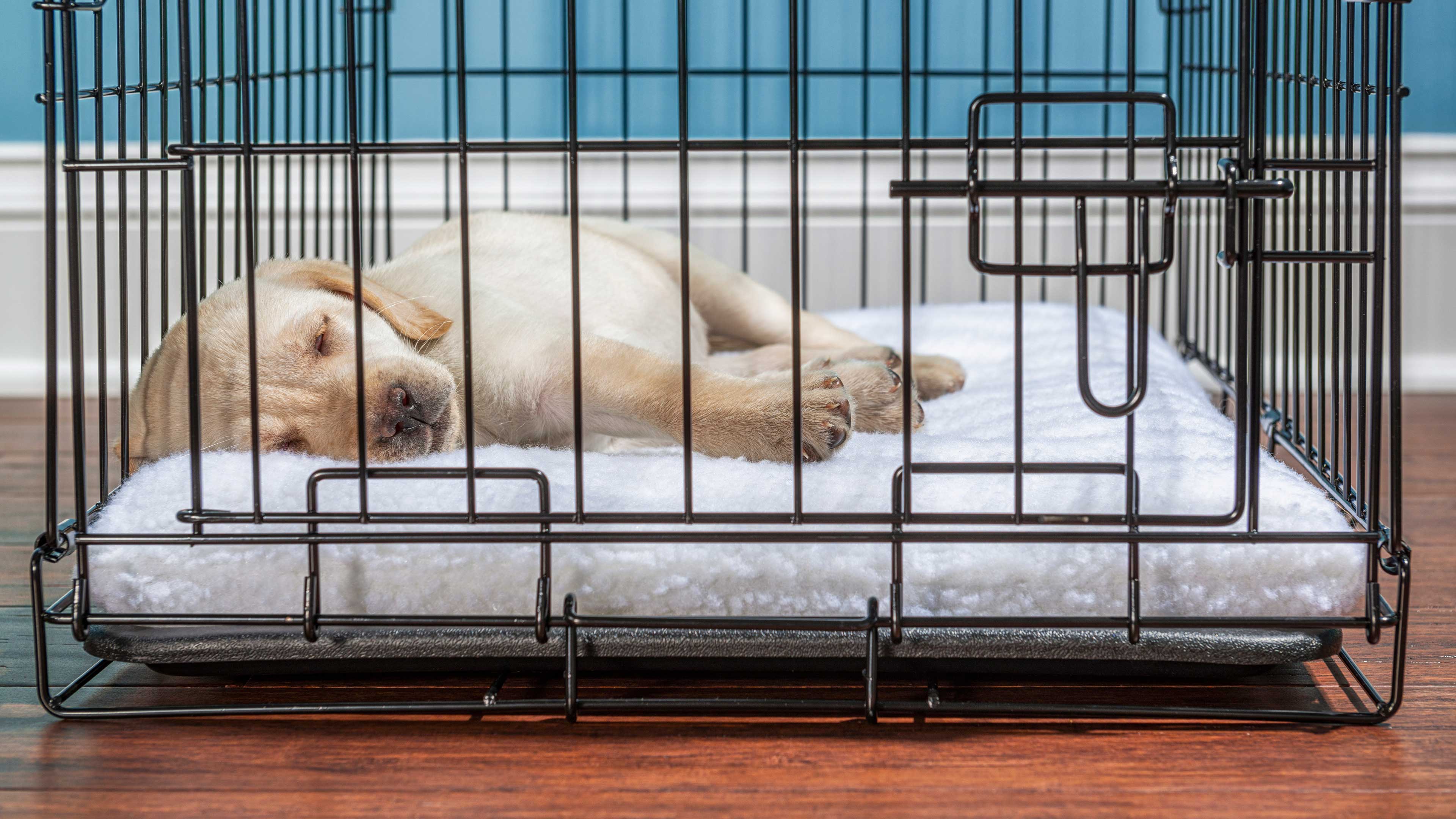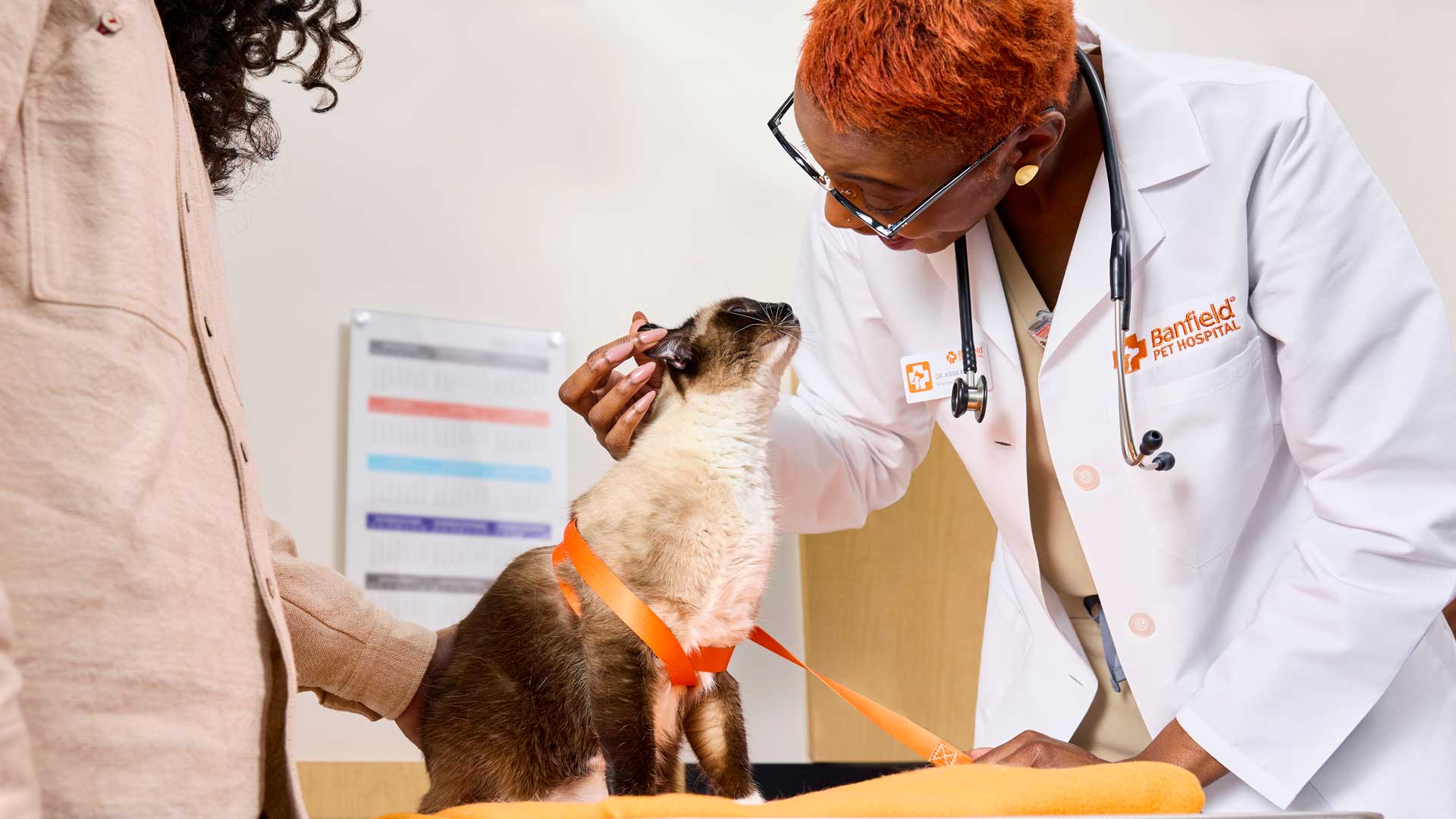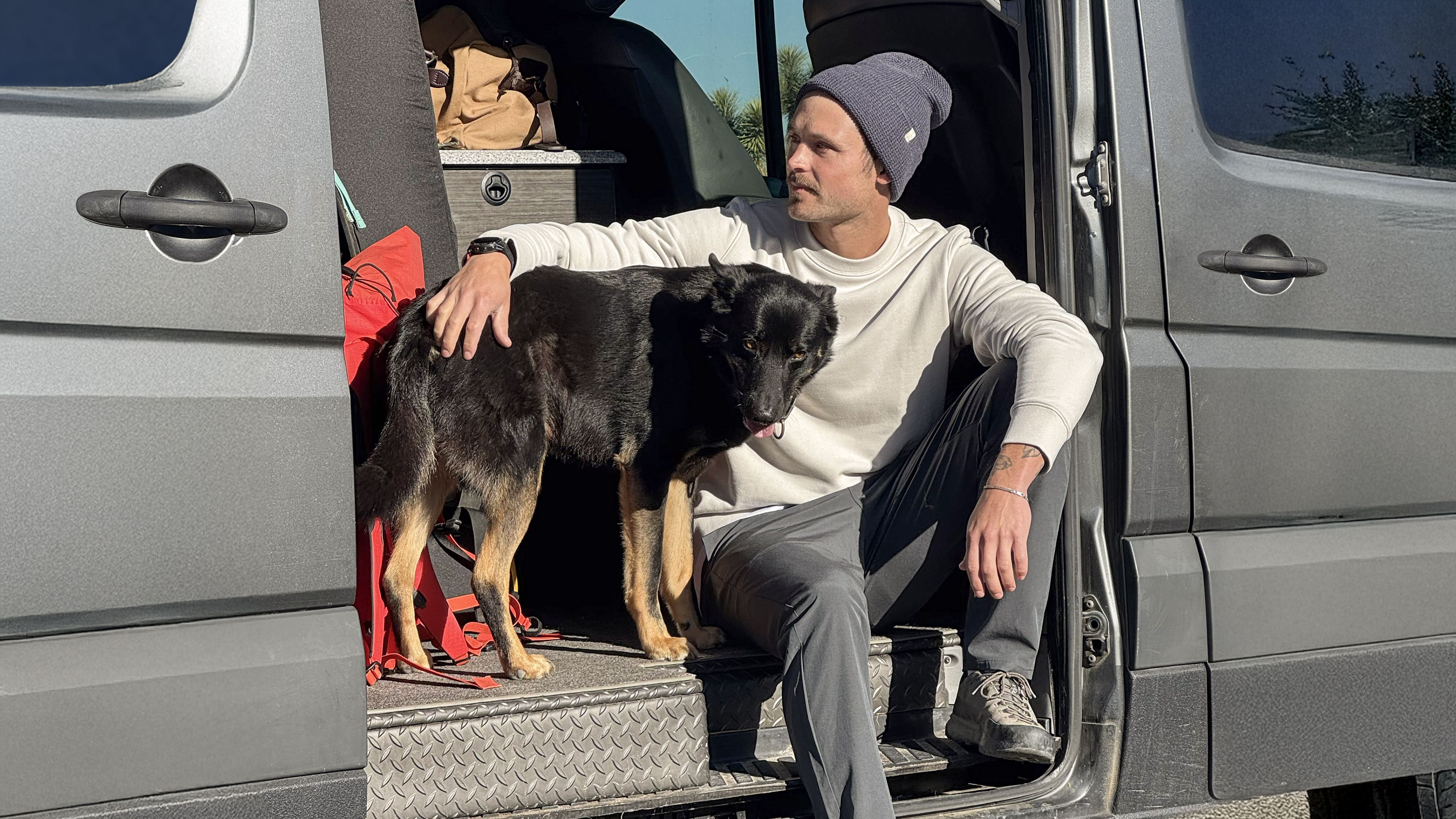spotting the signs of mobility issues in dogs and cats
Mobility problems are common in both dogs and cats. While these challenges are typically seen in older pets, they can affect animals of any age. That’s why it’s so important to recognize the signs of mobility issues — early detection enables us to provide the proper support for your furry companion.
Common causes of mobility issues in dogs or cats
- Osteoarthritis/arthritis: This joint condition is caused by cartilage degradation and is common in older dogs and cats, but it can affect pets of any age. We’ve got helpful tips on how to spot the signs of osteoarthritis here.
- Hip dysplasia: This skeletal condition most commonly affects larger breeds such as Great Danes, Saint Bernards, Labrador Retrievers, and German Shepherds, but it can affect smaller dogs too.
- Obesity: Excessive weight can make activities like walking or jumping more challenging and put additional strain on joints.
- Injuries: Sprains, fractures, or tears.
- Neurological issues such as cognitive dysfunction.
Spotting the signs of mobility issues
Here are some of the signs that may indicate mobility issues:
Signs of osteoarthritis in dogs
- Stiffness in limbs
- Difficulty getting up
- Reluctance to go up and down stairs or get on furniture
- Losing interest in playing
- Sitting with a back leg loosely to the side
Signs of osteoarthritis in cats
- Difficulty getting up and down from furniture or cat tree
- Going pee or poo outside the litter box
- Matted fur from less self-grooming
When to consult your vet
If your dog or cat is showing any of these symptoms, it’s important to call your veterinarian so they can address the issue causing the mobility challenges sooner than later.
At your appointment, your veterinarian will perform a physical exam and may recommend diagnostics such as X-rays and blood work to determine the root cause of the issue.
If the problem is osteoarthritis, one of the most common causes of mobility issues, your veterinarian may recommend a combination therapy that includes pain control, weight management, and arthritis medications. This therapy may include joint supplements, therapeutic diets, acupuncture, physical therapy, or monoclonal antibody treatment.
If the issue is related to obesity, your veterinarian will provide you with recommendations on how your pet can lose weight, including sticking to a specific number of calories, avoiding free feeding (i.e., no table scraps!), and exercising.
For hip dysplasia, your veterinarian will recommend options such as medication to help control the pain, joint supplements, or physical therapy, and monitor your pet for secondary associated conditions. In rare cases, surgery might be recommended.
For injuries such as a sprain or fracture, your veterinarian will perform a physical exam and may recommend additional diagnostics such as X-rays or an MRI. Based on the results, they may recommend pain medication, restricted exercise, or follow-up care with an orthopedic specialist. In some cases, surgery might be required.
Learn more about how Banfield can help you support your pet with osteoarthritis.
How to help your pet both inside and outside your home
If your dog or cat is diagnosed with a mobility issue, there are several ways you can provide them comfort at home, including:
- Keeping pathways and yards clear of clutter and obstacles
- Installing nonskid flooring, or using rugs on hardwood or tile flooring
- Setting up safety zones
- Using ramps for couches or beds
- Providing a comfortable dog or cat bed
- Using elevated food and water bowls
- Maintaining a healthy lifestyle
- Seeking regular medical care
Learn more about ways to support your pet with mobility issues at home here.
We also have some helpful tips on how to travel with your pet here.
 Mites and mange
Mites and mange Podcast - Not Just Fluff
Podcast - Not Just Fluff











